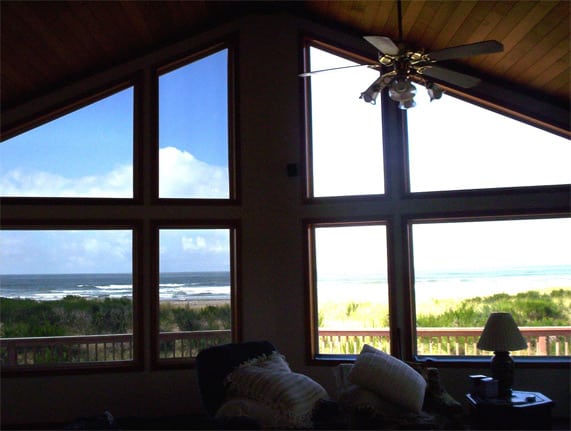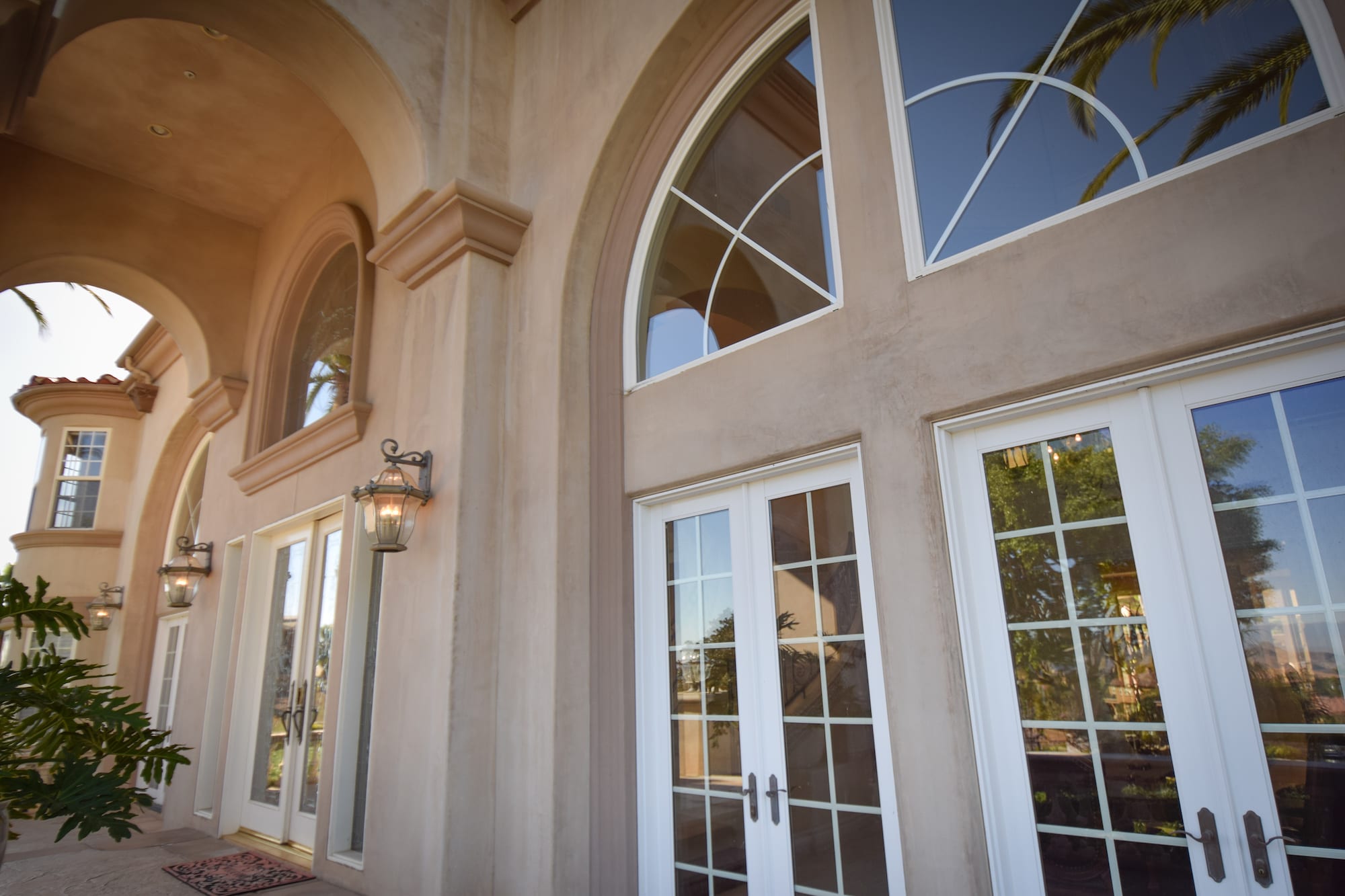Exactly How Residential Home Window Tinting Improves Your Home's Power Effectiveness
Residential window tinting provides an engaging option for home owners seeking to improve energy effectiveness within their living areas. By using specialized films to home windows, it properly decreases warm transfer, thereby supporting indoor temperature levels and reducing the need for excessive home heating or cooling.
Recognizing Home Window Tinting
Recognizing home window tinting is necessary for home owners seeking to enhance both comfort and power effectiveness in their home. Residential Window Tint. Window tinting includes the application of a slim movie to the inside or outside surface of glass windows. This film can considerably modulate the quantity of sunshine and warm that enters a home, hence affecting indoor climate conditions
There are various kinds of home window tinting films readily available, each with distinct residential or commercial properties. The performance of home window tinting is commonly determined by its Visible Light Transmission (VLT) percent, which shows just how much light can pass via the film.
Advantages of Power Performance
Home window tinting not just boosts looks but also plays a significant role in boosting power performance within household areas. By decreasing warm transfer through home windows, tinted movies develop a much more steady indoor environment, which can cause considerable reductions in power consumption for heating and air conditioning. This energy effectiveness translates right into lower utility bills, giving house owners with considerable long-term cost savings.

Additionally, home window tinting improves the convenience of living rooms. By decreasing glow and blocking harmful UV rays, colored windows create an even more enjoyable setting, which can bring about improved health for residents. The protection against UV rays additionally aids preserve furniture and flooring from fading, contributing to the longevity of household products.
Exactly How Tinting Works
Tinting films run through a mix of innovative products and innovations developed to control the quantity of solar power entering a home. Mainly made up of polyester, these movies frequently include metal or ceramic particles that absorb and reflect warm. This double ability allows them to substantially reduce the penetration of ultraviolet (UV) rays and infrared radiation while permitting noticeable light to pass through.
The effectiveness of home window tinting is determined by its solar warm gain coefficient (SHGC), which suggests just how much solar energy is transferred via the home window. Reduced SHGC values are more effective as they denote greater warmth being rejected. Furthermore, window tints can include a selection of shades, allowing house owners to tailor their aesthetic choices while improving energy efficiency.
Moreover, these movies function as a barrier, protecting against warmth loss throughout cooler months by showing interior heat back into the living area. This thermal insulation impact enhances the cooling benefits gotten throughout warmer months, adding to a well balanced interior climate year-round. By managing solar power successfully, domestic window tinting not just boosts convenience but additionally plays an important duty in lowering energy usage and lowering energy costs.
Choosing the Right Color

There are different types of home window movies available, including dyed, metalized, and ceramic. Dyed movies are cost-effective but might have restricted toughness. Metalized movies supply much better warmth denial but can conflict with digital signals. Ceramic movies give outstanding warmth control without endangering visibility and are highly resilient, making them a prominent option.
Noticeable light transmission (VLT) is another essential variable, as it suggests the amount of natural light that can travel through the colored glass. House owners need to pick a color with a VLT that complements their illumination preferences look at this web-site while still giving sufficient glow reduction.
Furthermore, examining the solar warm gain coefficient (SHGC) can aid establish exactly how well a tint can block heat from sunshine. A reduced SHGC shows far better heat control, eventually improving power performance.
Setup and Upkeep Tips
Appropriate setup and maintenance are important components in making the most of the advantages of residential window tinting. To achieve optimum outcomes, it is suggested to employ a certified expert for setup. This makes certain that the color is used appropriately, preventing air bubbles, creases, or imbalance that might endanger performance. Experts likewise use specialized methods and devices, which can improve the longevity and efficiency of the color.
Adhering to setup, upkeep is necessary to prolong the life of the window movie. It is advised to wait at least 30 days before cleaning up the tinted home windows to enable the adhesive to cure completely. When cleansing, use a soft cloth and a gentle, ammonia-free cleaner to prevent damaging the movie. Avoid abrasive products that can scrape the surface area.
Dealing with these concerns quickly can avoid additional damage and maintain energy performance. By sticking to these installment and maintenance suggestions, property owners can guarantee their window tinting continues to provide substantial energy financial savings and convenience for years to come.
Final Thought
In conclusion, property home window tinting serves as an efficient option for boosting power browse this site performance within homes. By decreasing heat transfer and blocking unsafe UV rays, window movies contribute to reduce energy intake and enhanced indoor convenience.
Window tinting entails the application of a thin movie to the interior or outside surface of glass home windows. By decreasing warm transfer through windows, tinted films produce a more steady interior climate, which can lead to substantial decreases in power intake for heating and cooling.The efficiency of home window tinting is gauged by its solar warm gain coefficient (SHGC), which shows exactly how much solar power is transferred with the home window. By handling Web Site solar energy successfully, property home window tinting not just boosts convenience but additionally plays a crucial function in decreasing power usage and lowering energy costs.
By decreasing heat transfer and blocking harmful UV rays, window movies contribute to lower power usage and enhanced indoor comfort.
Comments on “Residential Window Tint: A Guide to Selecting the Right Color”